Table of Contents
- Introduction
- Understanding Fat Loss
- What is Fat?
- How Fat Loss Works
- Nutrition for Fat Loss
- Caloric Deficit
- Macronutrient Balance
- Hydration
- Effective Exercise Strategies
- Cardiovascular Exercise
- Strength Training
- High-Intensity Interval Training (HIIT)
- Lifestyle Changes for Fat Loss
- Sleep and Recovery
- Stress Management
- Tracking Progress
- Measuring Fat Loss
- Adjusting Your Plan
- Common Mistakes to Avoid
- Conclusion
Introduction
Losing fat can be a challenging journey, but with the right approach, it’s totally achievable. This guide will take you through effective strategies for fat loss, including understanding how your body processes fat, practical tips on nutrition, exercise, and lifestyle changes.
Understanding Fat Loss
What is Fat?
Fat, or adipose tissue, is stored energy in the body. It serves a variety of functions, including cushioning organs and regulating body temperature. However, excess fat, especially internal (visceral) fat around organs, can cause health problems.
How Fat Loss Works
Fat loss occurs when your body uses stored fat for energy. This happens when you create a caloric deficit, meaning you consume fewer calories than what your body needs to maintain its current weight.
Nutrition for Fat Loss
Caloric Deficit
The basis of fat loss is creating a caloric deficit. Calculate your daily caloric needs and aim to consume 500-1000 calories less per day to lose about 1-2 pounds of fat per week.
Macronutrient Balance
- Protein: Essential for muscle maintenance during fat loss. Aim for 0.8-1 gram of protein per pound of body weight.
- Carbohydrates: Provide energy for workouts. Choose complex carbohydrates like whole grains, fruits, and vegetables.
- Fats: Essential for hormone production and overall health. Focus on healthy fats from sources like avocados, nuts, and olive oil.
Hydration
Staying hydrated is important for metabolism and overall health. Aim for at least 8 cups of water per day, and more if you are physically active.
Effective Exercise Strategies
Cardiovascular Exercise
Cardio exercises like running, cycling, and swimming are great for burning calories. Aim for at least 150 minutes of moderate-intensity cardio per week.
Strength Training
Building muscle helps increase your metabolic rate, allowing you to burn more calories while at rest. Include strength training exercises at least 2-3 times per week.
High-Intensity Interval Training (HIIT)
(HIIT) involves short bursts of intense exercise followed by rest periods. This method is highly effective for burning fat in a short amount of time.
Lifestyle Changes for Fat Loss
Sleep and Recovery
Adequate sleep (7-9 hours per night) is essential for fat loss. Lack of sleep can disrupt hunger hormones and lead to weight gain.
Stress Management
Chronic stress can lead to weight gain and hinder fat loss efforts. Try stress-reducing activities like meditation, yoga, or deep breathing exercises.
Tracking Progress
Measuring Fat Loss
Track your progress in a variety of ways such as:
- Weight Measurement: Measure your weight regularly, but don’t rely solely on the scale.
- Body Measurements: Measure waist, hips, and other body parts.
- Progress Photos: Take photos to see changes.
- Body Fat Percentage: Use calipers or body composition scales.
Adjusting Your Plan
Regularly assess your progress and make necessary adjustments to your diet and exercise routine to continue progressing.
Common Mistakes to Avoid
- Skipping Meals: This can lead to overeating later and slows down metabolism.
- Overtraining: Not giving your body a chance recover can lead to injury and burnout.
- Fad Diets: These often provide short-term results and are not sustainable.
Conclusion
Effective fat loss requires a combination of proper nutrition, regular exercise, and healthy lifestyle changes. By understanding how your body works and making informed choices, you can achieve and maintain a healthy body composition. Be consistent, be patient, and remember that lasting fat loss is a gradual process.
Till Then
Stay Healthy Stay Happy,
Fitness Is All We Need






